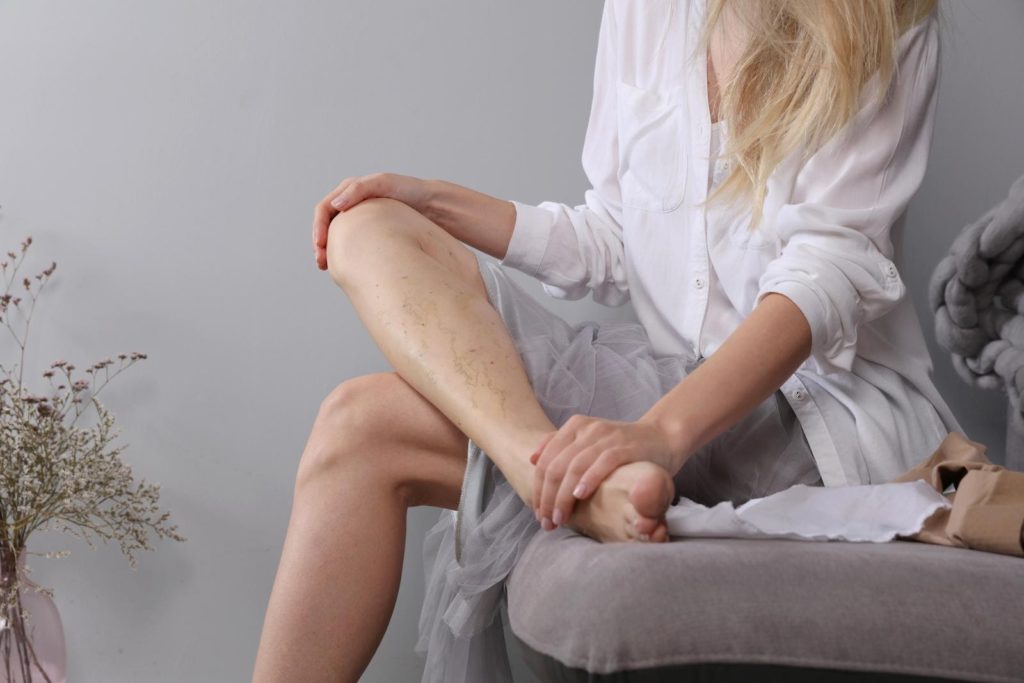A Closer Look at Endovenous Treatments and Why You Should Consider it for Varicose Veins
A lot has changed in the treatment of varicose veins in the past few decades. Treatments that involve lasers and radiofrequency were fully embraced in the early 2000s as great progress in the field. Endovenous treatments, for example, were developed by Dutch dermatologists and are minimally invasive techniques that have revolutionized the treatments and recoveries of millions of people that suffer from varicose veins.
Major studies on the procedures were conducted to assess the short-term and long-term success. When it comes to treating varicose veins, endovenous treatments have become a popular treatment choice. For many patients, they can offer relief and a quick return to normal activities.
What is Endovenous Treatment?
It might sound a little intimidating when you hear that there is a treatment out there that collapses your veins. Endovenous laser treatments (EVLA), however, are minimally invasive and instead use heat from a laser or radio frequencies to reduce and get rid of the bothersome varicose veins. EVLA allows the physician to deliver laser energy directly into the vein lumen (space). Radiofrequency uses high-frequency electric current to produce the collapse of the blood vessel.
Endovenous ablation refers to the targeting of the main saphenous vein (the main superficial vein associated with varicose vein discomfort). A physician may recommend the treatment if the varicose veins are causing issues to the patient like pain and soreness. The laster targets the exact vein so that it shrinks and closes only the damaged vessel. Only a small puncture is needed to insert a catheter through which the laser or radiofrequency is used to collapse the vein wall. As the vessel wall is damaged, it collapses on itself and turns into scar tissue. Blood flow can continue normally through other vessels.
The procedure is image-guided, as the physician performing the procedure will use a Doppler ultrasound device. This device uses sound waves to make an image of the vein on a computer screen.
The Role of Imaging in the Treatment and Procedures
Diagnosing varicose veins requires an assessment from a vein specialist, who has determined that varicose veins are a problem. Before it is decided to move forward with any form of treatment, there will be some form of diagnosis using ultrasound tests and imaging. These ultrasound tests are essential to learning more and pinpointing the precise problem. This must be performed in order to evaluate the deep and superficial venous reflux.
Venous sonography can detect the slow flow of blood through certain veins. The use of a special ultrasound device is for accuracy and measurement of blood flow. The ultrasound is also essential during the procedure itself. It is through the monitor that the physician will be able to locate the vein with accuracy and to lead the vein properly.
What is the Doppler Device?
A regular ultrasound device uses sound waves to produce images but doesn’t show how blood flows through the vessel. The Doppler device bounces high frequency off of red blood cells to expose the blood. The device is key in helping to determine how fast blood flows by measuring the rate of change in pitch. The small device appears unassuming, but it is quite powerful in detecting irregularities in blood flow in veins and arteries. During the process, a technician holds the hand-held device against the patient’s skin as the images appear on the computer monitor.
What Should I Expect After the Procedure?
If you’ve been struggling with varicose veins, endovenous treatment could provide you with long-term relief of your symptoms. At the same time, it might be encouraging to know that because it is minimally invasive, the procedure allows you to go back to work and your daily life almost immediately. Here’s what you might want to know about this procedure:
- The procedure is relatively short. It may last anywhere from 20 minutes to about an hour.
- There is no need for general anesthesia. The area of interest is numbed with local anesthetics.
- There is almost immediate relief of symptoms.
After the procedure, it is not uncommon for your physician to encourage you to walk for a few minutes. The leg that was worked on may have some bruising or minor discomfort that is alleviated with medication for pain and also compression socks.
Common recommendations for home treatment include:
- Icing the site to help reduce swelling
- Keep an eye on the incision sites
- Wear compression socks for a few days or weeks after the procedure
Your doctor will have any other recommendations ready for you that day and will continue to follow up with you after the procedure as well.
Get Rid of Varicose Veins and Go Back to Healthy Gorgeous Legs!
It is estimated that about 20% of people get varicose veins at some point or another in their life. They are more prevalent in women and older people and will many times cause discomfort and lead people to hide their legs and feel ashamed. Talk to your vein specialist today to see if endovenous treatment is right for you.
Call us here at EP Varicose Vein and schedule your free initial consultation.

